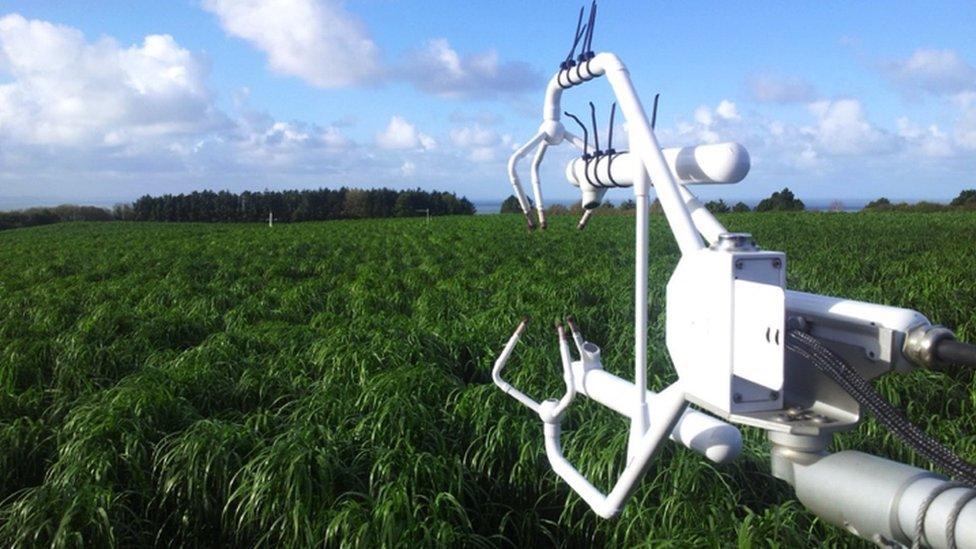New builds in Wales 'at standstill' due to pollution targets
- Published
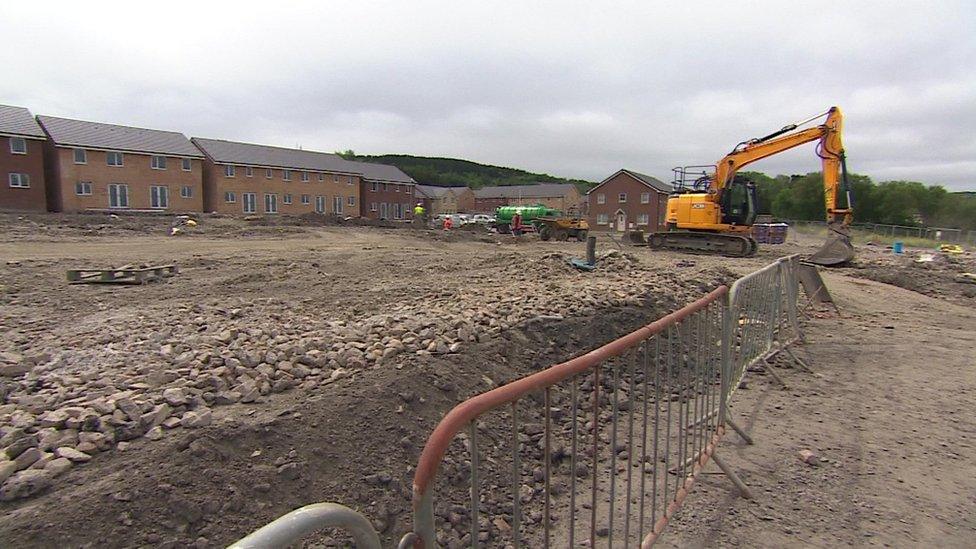
Builders and developers say the targets are "frustrating"
Planning applications are said to be "at a standstill" in Wales due to new targets for phosphate pollution in rivers.
In January, Natural Resources Wales (NRW) set new targets for phosphate pollution in Special Areas of Conservation (SACs) across the country.
Frustrated builders and developers say the targets have created a "complete impasse" on developments in some areas.
The Welsh government said some factors "must not be jeopardised".
Across Ceredigion, there are 45 applications at a standstill because of the new rules, including 47 dwellings and 22 other applications.
Phosphates are naturally occurring minerals found in human and animal waste.
They aid growth of plants, but can lead to a dramatic growth in algae and deplete oxygen levels when they enter water courses in large quantities.
More than 60% of water bodies in affected areas failed the targets set my NRW, including large swathes of the Usk, Wye and Cleddau rivers, and the lower reaches of the Teifi and the Dee.
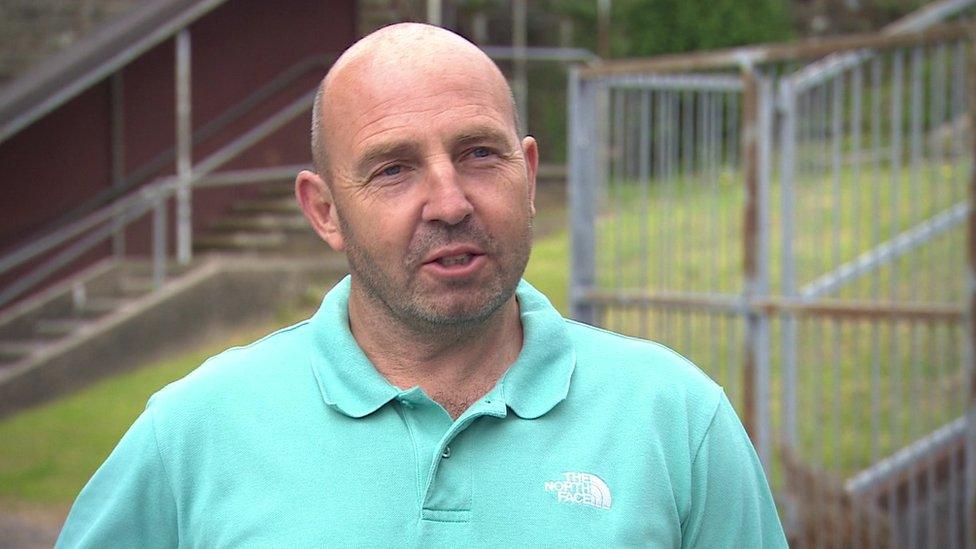
Builder Dylan Thomas says he has staff and customers waiting for the developments to go ahead
In Llandysul, local builder Dylan Thomas plans to build 12 houses on the site of a former secondary school.
But the planning application has stalled after the council said the additional sewage generated would lead to more phosphates reaching the river.
"We employ two or three boys and there was work here for them and for several others who would have come to work here," Mr Thomas told the Newyddion S4C programme.
"We also had two prospective customers, locals who have come to look at the land and the plans and they want to buy houses.
"But at the moment, it's all at a stop and we have no idea when we can restart."
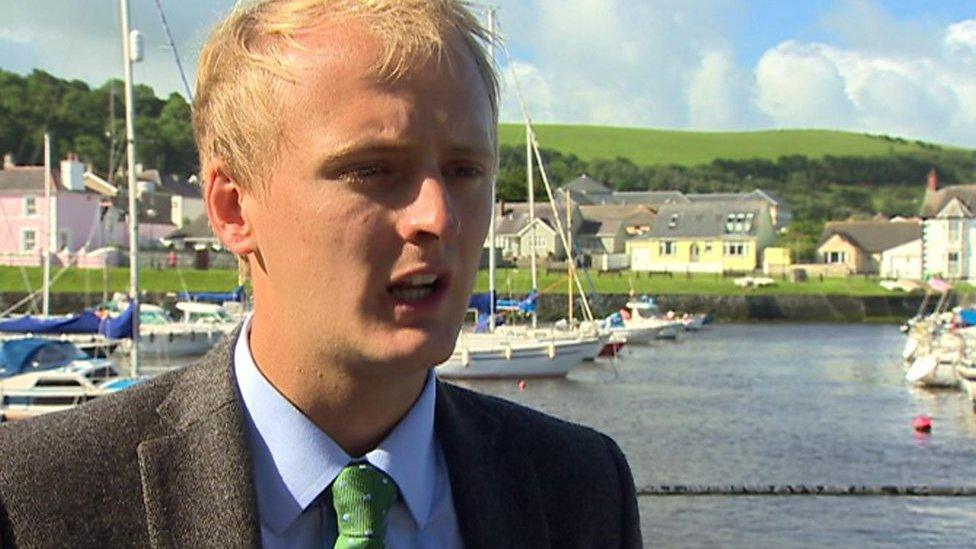
Ceredigion MP Ben Lake says he does not want to see "applications rejected unnecessarily"
Ceredigion MP Ben Lake said something needs to be done to resolve the issue and clear the "log jam" that has built up since the start of the year.
The situation is especially acute in rural areas like Ceredigion which "are facing a housing crisis," Mr Lake said.
"We really don't want to see applications rejected unnecessarily," he added.
In a statement, the Welsh government said: "While we prioritise building affordable housing at pace in Wales, the resilience of our river ecosystems and the benefits they provide - including top quality drinking and bathing water to benefit our communities, our businesses and our wildlife - must not be jeopardised."
In Newport, solicitor Rhys Evans is representing several clients affected by the new guidance.
He said there is a lack of clear information and guidance for local authorities and developers, and no solutions to allow developments whilst offsetting potential phosphate increases.
"It's something quite incredible to just appear overnight. There was no warning, no one said these rules may be implemented in 12 or 24 months," he said.
"Everyone knew there was an issue, but no-one knew Natural Resources Wales were going to do what they have done without putting work in place beforehand to ensure everyone knows where they stand."
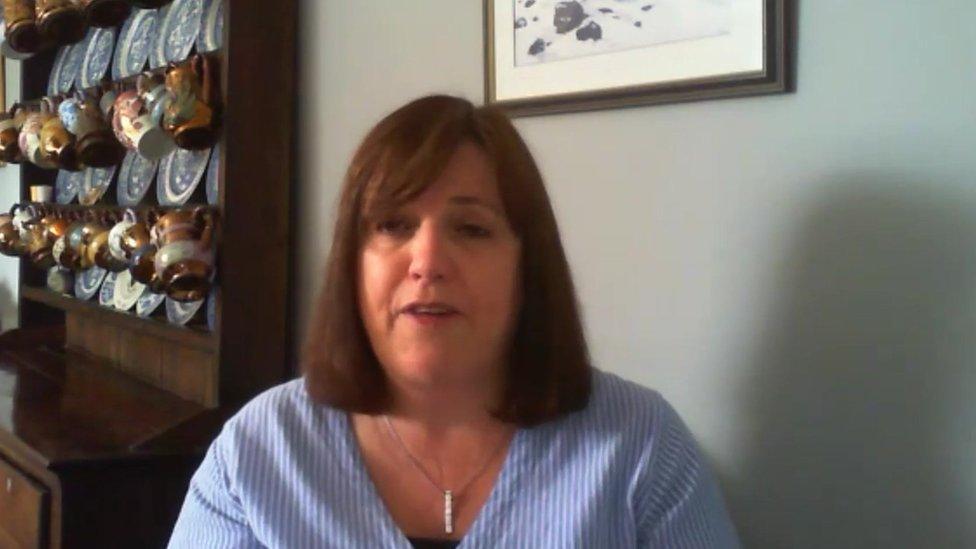
The problem is "complicated," according to NRW's Rhian Jardine
The problem is "complicated," according to NRW, who said it was working with others to find a solution.
"Solutions such as cleaning the phosphates from sewage are available," said Rhian Jardine, of head of planning services at NRW.
"And some of Welsh Water's treatment works already do so. It isn't true everywhere at the moment."
Welsh Water said it had invested £85m in projects over the past 10 years to remove phosphorous from its wastewater treatment processes, and plans to invest a further £82m by 2025.
"It should be noted that there are a number of factors which contribute to phosphate levels in rivers which are beyond the control of the water industry," a spokesperson added.
"Our modelling on the River Wye, for example, shows that our assets are responsible for between 25% and 33% of the phosphorus in the main water bodies.
"The remainder is caused by other factors such as urban surface water drainage, misconnected drains, agricultural run-off and animal faeces."
Related topics
- Published16 June 2021
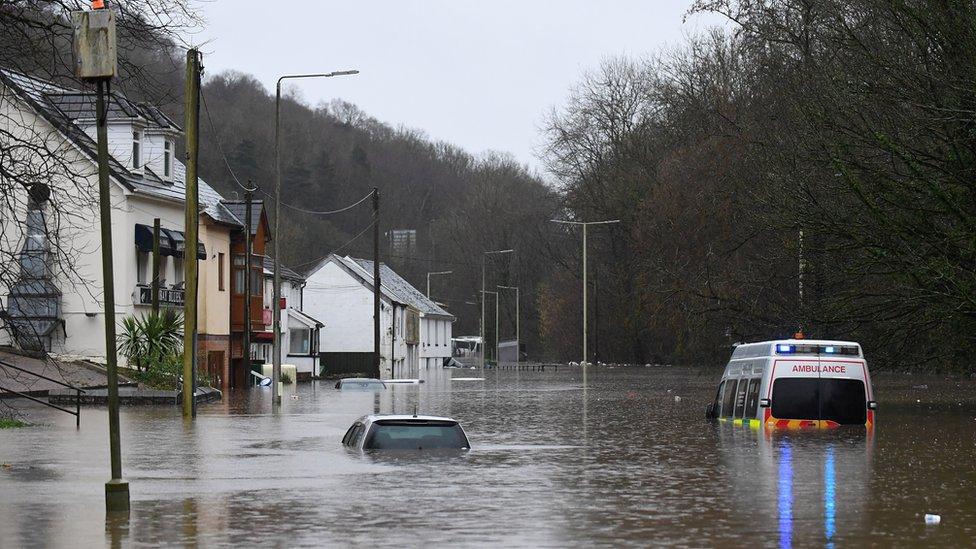
- Published27 January 2021
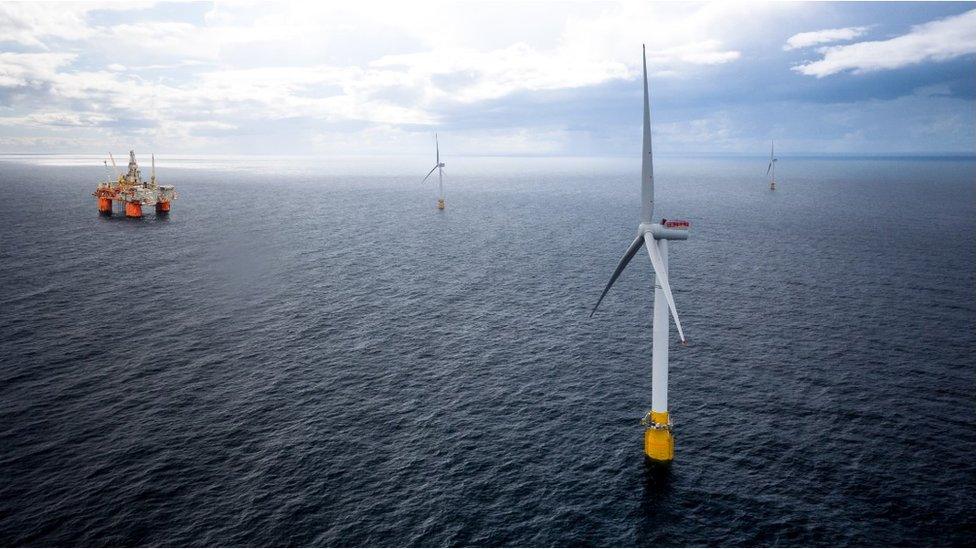
- Published24 May 2021
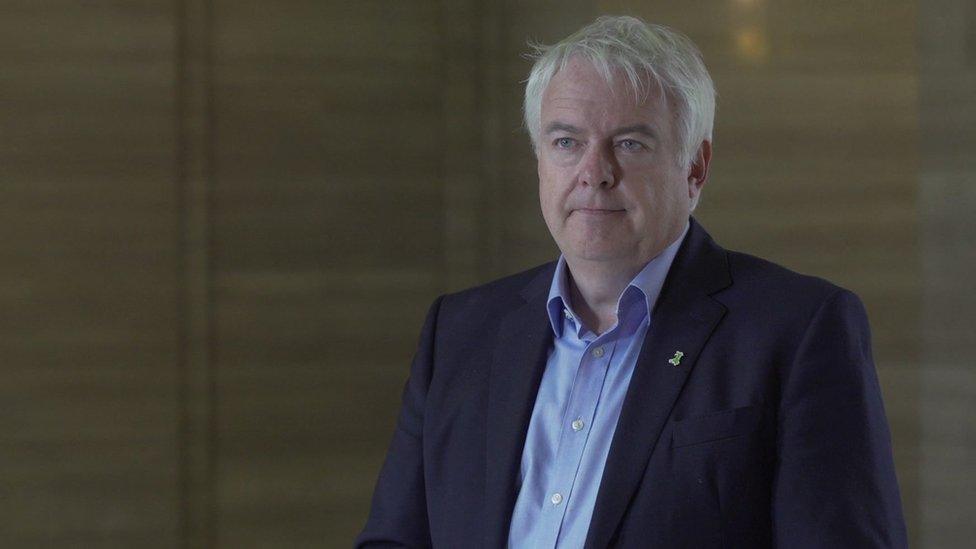
- Published24 May 2021
